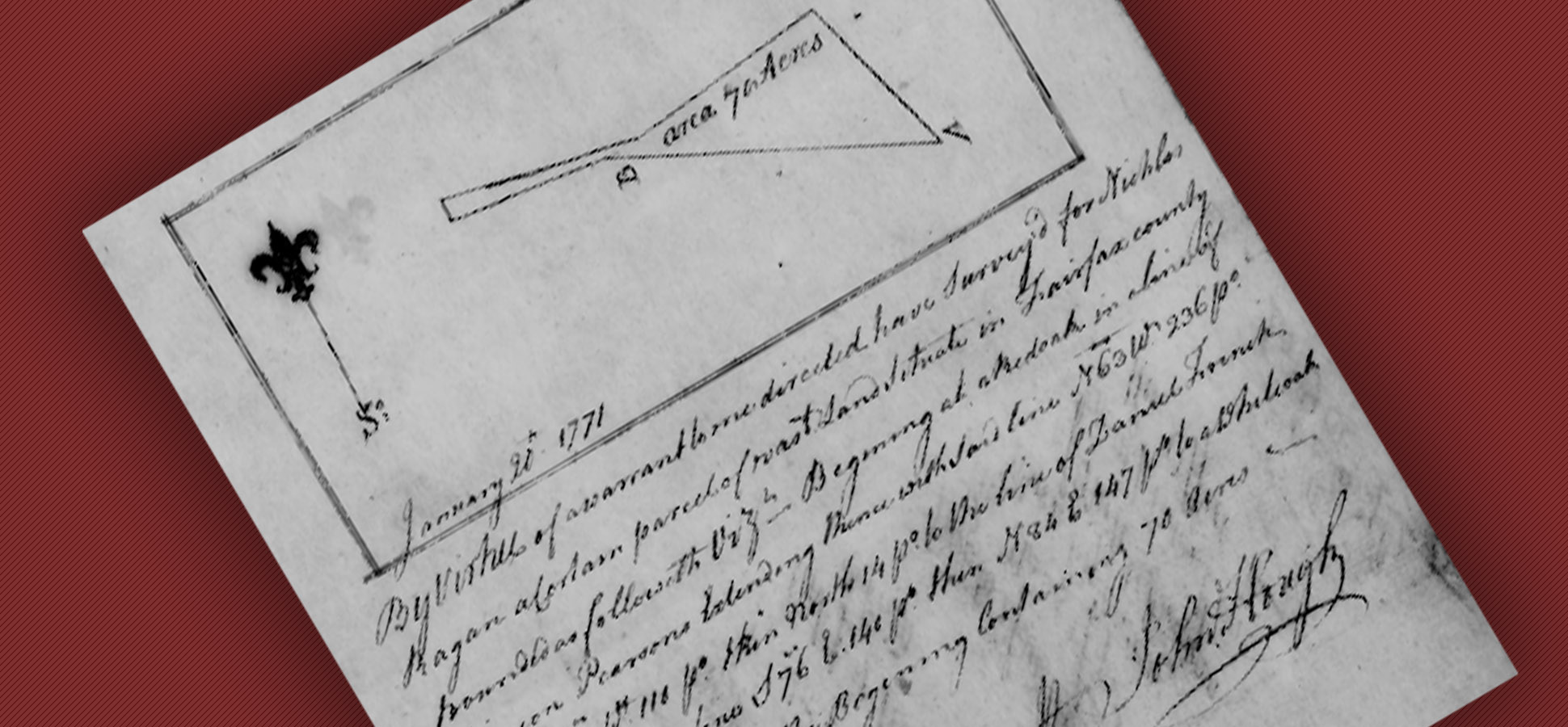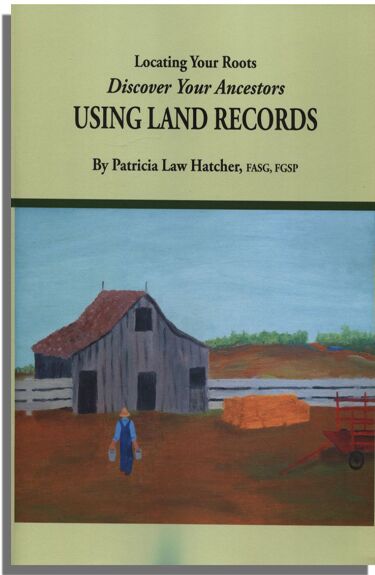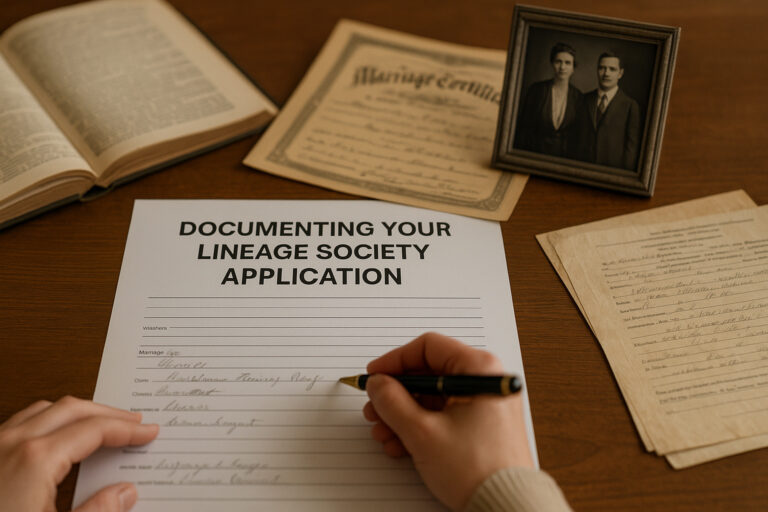
Transferring Land from Government to Individuals: The New England Model By Patricia Law Hatcher
With the conquest of the Americas, all land was originally held by a monarch—whether English, French, or Spanish. At this point, the process of transitioning land ownership to individuals is referred to as “first transfer.” As Patricia Law Hatcher explains in her definitive study of U.S. land records, first transfer varied both geographically and chronologically throughout the British colonies. The following explanation of first transfer in New England is excerpted from Pat’s book, Locating Your Roots. Discover Your Ancestors USING LAND RECORDS, pp. 68-70. We will excerpt the procedures followed elsewhere in the colonies in subsequent issues of “Genealogy Pointers.”
Model One: THE NEW ENGLAND SYSTEM
“The king granted charters initially to Plymouth Colony and Massachusetts Bay Colony, soon followed by New Haven Colony, Connecticut, and Rhode Island. The individuals administering the charter planted towns by giving land for specified towns to proprietors for the town. As time went on, new towns were established in the same organized manner, either because the land was used up or because of political or religious friction. Thus, many of the early settlers in the new town came from the parent town.
“The religious foundations of their town model said that community was more important than individuals. The New England system was designed for the common good. Therefore, these proprietors behaved in a way completely in variance with the behavior of proprietors in . . . New York, Maryland, Pennsylvania, Virginia, and Georgia.
“The proprietors began by studying the land they had under their administration. They determined a good location for the town itself, the best pasture land, the best growing land, the marshland . . . and so on. They determined how many families in the town were eligible for land by virtue of being approved residents. Then they had the town surveyed, subdividing each type of land into a sufficient number of portions for the families—or designating it as common land, to be used by all.
“Their model went beyond dividing the land. They also specified land for common use—designating portions for roads, a burying ground, and communal grazing—and they allocated parcels for the church, the school, and future growth. . . .
“Having planned the use of the land in a way designed to benefit the community, the proprietors distributed it communally. The settlers drew for their lots in what the records often called ‘the first division.’ Each family might get one town lot and one meadow lot or one swamp lot. Things weren’t always exactly equal; sometimes the town leaders did get better or larger lots, and some towns determined the size of the lot based on the size of the family.
“When the time came to dispose of additional land (‘the second division’), it was once again an orderly, controlled process in which the land reserved for future growth was surveyed into lots and the drawing done according to the needs determined by the town leaders.
“The interesting thing is that the lots were numbered, and the numbers were picked out of a hat, so to speak. In other words, the inhabitants didn’t choose where they lived; that was determined by the luck of the draw. Thus, the adjoining owners in town weren’t necessarily the adjoining owners of their cultivated land. Hence we place less emphasis on immediate neighbors in New England than in the South.
“The records of these first land transfers, from town to individual, are usually in the town record books. There should be an accompanying plat, identifying the location of each lot. However, many of the plats were probably large separate sheets and did not remain with the books. The lot numbers were the identifier for the property, so you can use a later map showing the lot numbers to identify your ancestor’s lot.”
Source: Locating Your Roots. Discover Your Ancestors USING LAND RECORDS, pp. 68-70.




